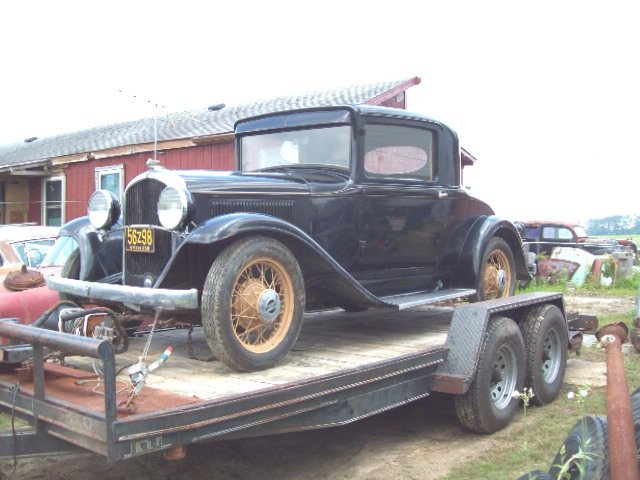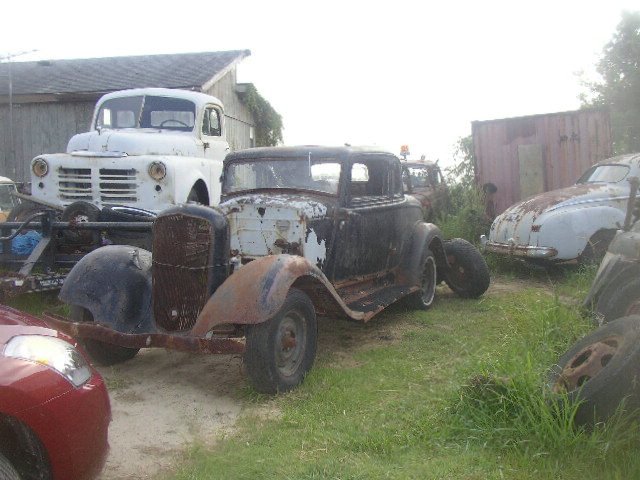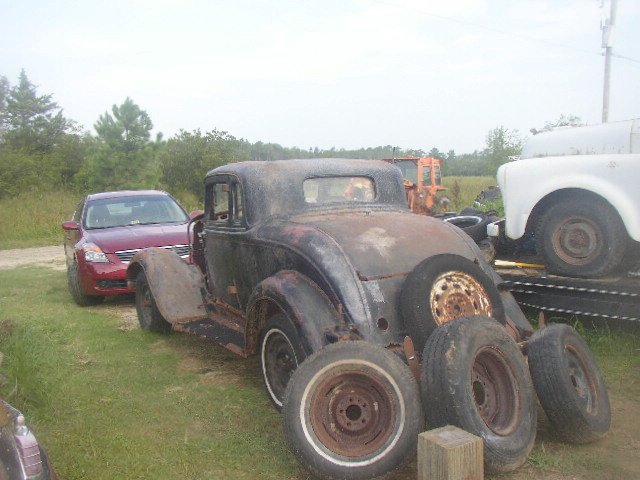-
Posts
4,842 -
Joined
-
Last visited
-
Days Won
69
Content Type
Links Directory
Profiles
Articles
Forums
Downloads
Store
Gallery
Blogs
Events
Everything posted by knuckleharley
-
Not posting this to your thread because it is off-topic,but could you ask the yard owner if he has a 51 Ford in there that has the 6 cylinder engine and Fordomatic transmission? I need the bellhousing for a 51 coupe I am restoring,and bellhousings for 6 cylinders are hard to find,even though it was an option. Seems like people so cheap they went for base models were too cheap to pay extra for an automatic transmission.
I will even take a Flathead V-8 FOM transmission if I have to. If I could get one of them it would be fairly easy to make an adapter.
Thanks,
Arthur
- Show previous comments 3 more
-
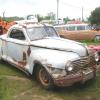
I have always been a big fan of the 49-51 Chev's,but I like the fastback 4drs best of all. It's falling off a log simple to put a 60's-70's 250 or 292 inline 6 in them,too. With the 292 you have the power of a V-8. Best of all,there is not much demand for them,and it's possible to pick up a nice original one fairly cheap.
I really like the 53-54's,too. Don't much care for Chevy's after that,though.
-
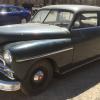
Yeah this is my first venture into vintage GM....am originally a Ford guy but a good price on something vintage (not American Pickers or Gas Monkey garage prices) has eluded me so far.
-

49-54 Chevies are pretty much unloved compared to Fords. Maybe even a little more unloved than 49-54 Mopars. This is especially true of the 49-51 Chevy 4dr fastbacks,which *I* think have the smoothest flowing lines going. They were beautiful when they rolled off the showroom floor. Their only real weak point was the old splash-oiling underpowered 216 inline six. The good news is 60's to 80's inline 6's are also dirt cheap with the exception of the Chevy 292's and the GMC 302's. Racers LOVE them because they put out stupid torque,and are pretty much bulletproof. The good news is they were used in a BUNCH of industrial equipment,and if you go nosing around you can buy them dirt cheap at surplus sales,farm yards,etc,etc,etc. My neighbors even have a John Deere combine that came from the factory with a Chevy 292 6 in it.
Putting one with a turbo 350 or turbo 400 behind it in a 49-54 Chevy is only a little tougher than replacing the 216 with another 216,but once you do you will have NO trouble keeping up with traffic,running a AC,etc,etc,etc.
The only downside to the inline GM's is that even though hi-po parts are plentiful and easy to find,they are usually a little pricey.
I worked part time at a gas station in Fayetteville right before I got out of the army,and the owner had a Anglia 2dr with a 292 in it with a head made from cutting two 327 FI Chevy heads and welding them back together to create a hi-po inline 6 Chevy head,FI,a radical cam,etc,etc,etc. Purely drag race. He didn't even have ramps for his trailer. He would pull up to it,hit the hammer,and the damn thing would just hop up on the trailer. I was in awe of how he did this.
He was running a 4 speed tranny with a Pontiac rear end and gears in the high 4's (4:88?),but never got a full run in while I worked for him because he had drag slicks on the back of the car and a drag suspension that allowed him to really hook up,and he kept twisting the Pontiac axles.
I love the inlines for the sounds they make,as well as the torque they put out. I purposely sought out a stock factory 51 Ford business coupe with the original inline 6 in it to semi-restore because of this. V-8's were pretty easy to find,but it took me years to find one that was completely mechanically,had a clear title,and worth fixing. I already have a 3 carb intake for it,and am looking for a finned aluminum high compression head and cast iron headers to go with the 3/4 cam I will be putting in it. Ahhh,but the sounds that thing will make!
Same reason I am keeping a flat 6 Mopar engine in my 42 Dodge coupe.
In the spirit of full-disclosure,I have to admit that I have a 6 carb 330 DeSoto hemi and push-button 727 to go in my 33 Plymouth coupe,though.


